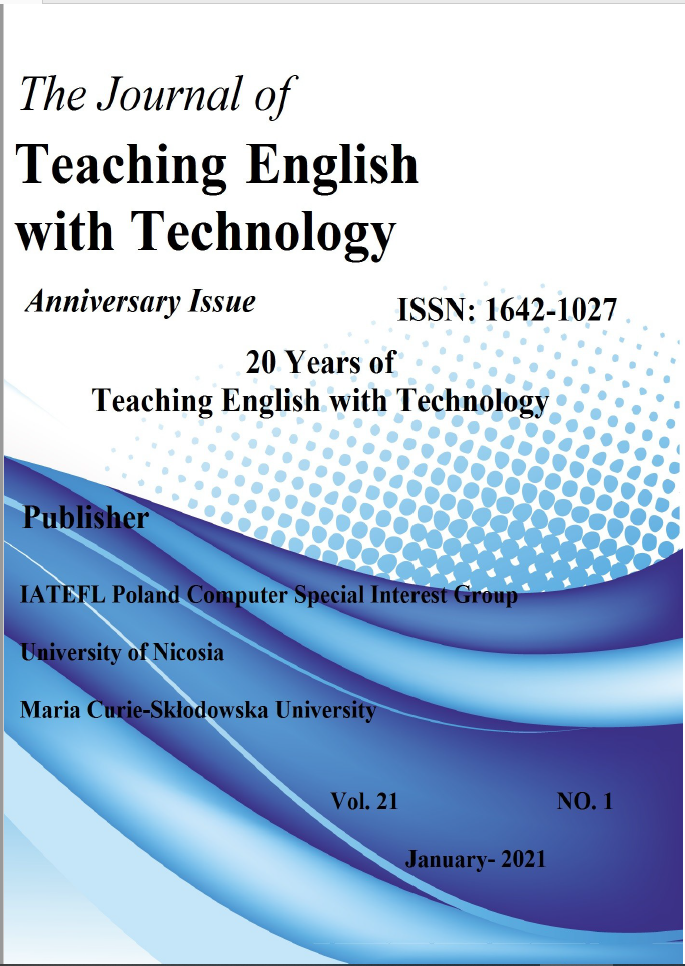MAKING VIRTUAL REALITY ACCESSIBLE FOR LANGUAGE LEARNING: APPLYING THE VR APPLICATION ANALYSIS FRAMEWORK
MAKING VIRTUAL REALITY ACCESSIBLE FOR LANGUAGE LEARNING: APPLYING THE VR APPLICATION ANALYSIS FRAMEWORK
Author(s): Erin Frazier, Ryan Lege, Euan BonnerSubject(s): Foreign languages learning
Published by: IATEFL Poland Computer Special Interest Group and The University of Nicosia
Keywords: virtual reality; VR Application Analysis Framework; immersive capacity; communicative capability; CALL; Tilt Brush
Summary/Abstract: Virtual Reality (VR) is a valuable tool for learning, however, there is a lack of education-focused content for language learning needs. This article introduces the VR Application Analysis Framework (Lege, Bonner, Frazier, & Pascucci, 2020) to assist educators in scaffolding existing commercial off-the-shelf (COTS) applications for use in classroom activities through four key lenses: immersive capacity, cognitive load, purpose, and communicative capability. The framework is then used to analyze the strengths and weaknesses of an example COTS VR application, Tilt Brush. This analysis, completed using the framework, is followed by three lesson plans for Tilt Brush that demonstrate how VR could be used in the language classroom.
Journal: Teaching English with Technology
- Issue Year: 21/2021
- Issue No: 1
- Page Range: 128-140
- Page Count: 13
- Language: English

